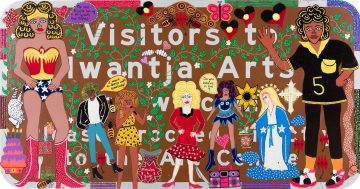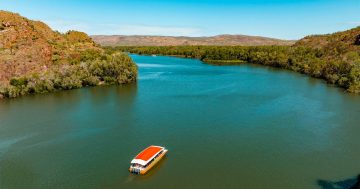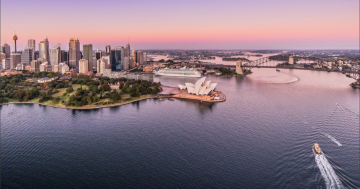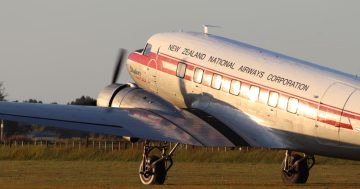
Artist: Alick Tipoti. Photo: Daniel Boud
The Australia Council for the Arts has released a new report revealing that Australia’s arts are a bigger drawcard for international tourists than its wineries, casinos or sport.
The report, International Arts Tourism: Connecting Cultures, shows that arts tourist numbers grew by 47 per cent between 2013 and 2017, a higher growth rate than for international tourist numbers overall (37 per cent).
Visitors from Asia were the biggest group of arts tourists, representing almost half (48 per cent) of all international tourists engaged with the arts.
Releasing the report, the Executive Director for Strategic Development and Advocacy at the Australia Council, Wendy Were said international tourists who engaged with the arts also tended to stay in Australia longer than international visitors overall.
“The research shows strong engagement with Aboriginal and Torres Strait Islander arts and culture,” Dr Were said.
“Nearly 830,000 international arts tourists (one in four) engaged with First Nations arts while in Australia.”
She said the research highlighted the power of the arts in shaping international perceptions of Australia.
“The arts provide an important point of connection.
“We know that international visitors are drawn to Australia’s unique First Nations arts and cultures, and are connected to us through the extraordinary diaspora who have made Australia their home.”
Dr Were said the arts were a highly influential and powerful tool for building national identity and for sharing Australian culture, stories and perspectives with the world.
“The research highlights the growing potential for the arts to drive and support tourism activity, and for our artists to increase their engagement with the international tourist market,” De Were said.
The report also found that visitors to Australia were more likely to engage with arts (43 per cent) than to visit wineries (13 per cent), casinos (12 per cent) or attend organised sporting events (six per cent).
It found China to be the biggest single-country market for arts tourism followed by the United Kingdom, the United States, New Zealand and Japan.
The 35-page Australia Council report can be accessed at this PS News link.











